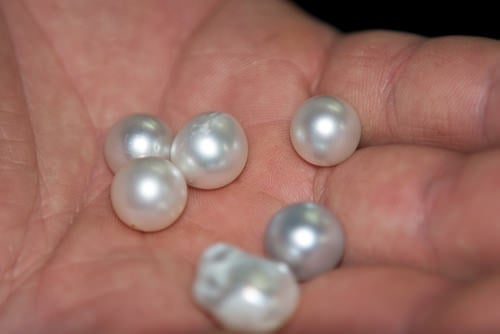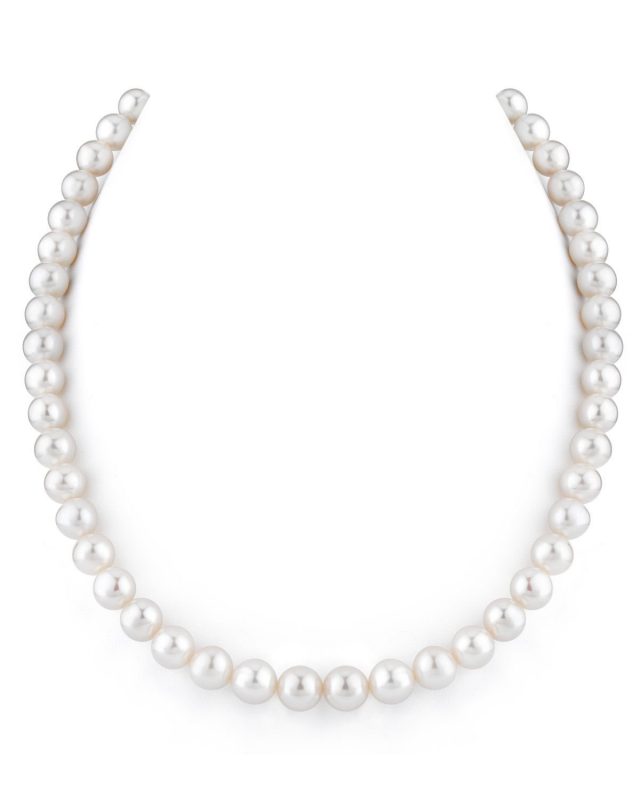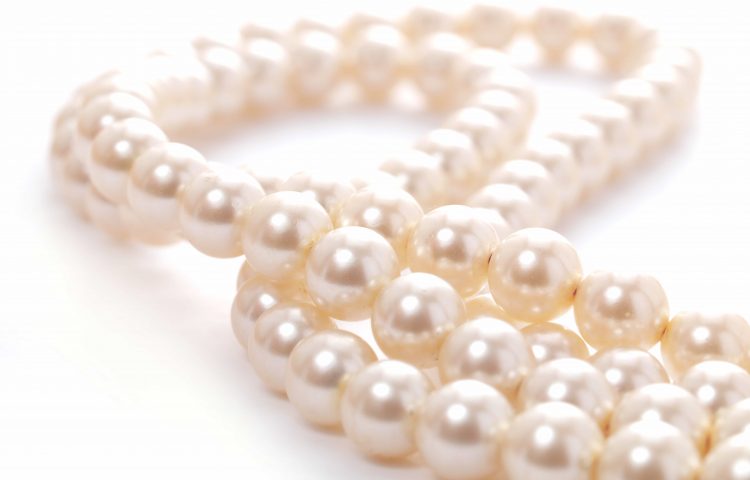South Sea pearl harvesting is a meticulous and time-consuming endeavor that culminates in the exquisite pearls renowned for their size, luster, and beauty. The process can take several years, but the results are more than worth the wait. In this exploration of South Sea pearl harvesting, we delve into the intricate steps, challenges, and rewards involved in cultivating these remarkable treasures.
The Patient Creation of South Sea Pearls
One of the unique aspects of South Sea pearl harvesting is the patience required. These treasures of the deep take a staggering 2 to 3 years to develop within their host oysters. The oysters, primarily the Pinctada maxima or white-lipped oyster, gradually deposit layer upon layer of nacre, the substance that forms a pearl’s lustrous coating. It’s this slow and steady process that ultimately results in the substantial size and exceptional luster of South Sea pearls.
Nurturing in Salty Waters
South Sea pearls are known for their thick nacre coating, which allows them to withstand the harsh, salty waters they call home. Unlike their counterparts, harvested cultured pearls, South Sea pearls develop in the pristine expanses of Australia, Indonesia, Japan, and Thailand. The ideal time to harvest these pearls is during the winter months of June, July, and August when the waters are at their coolest. It’s during this period that South Sea pearls reach the peak of their beauty, characterized by vibrant colors and exceptional luster.
The Intricate Process of South Sea Pearl Harvesting

How exactly do pearl farmers go about harvesting these magnificent gems? The process is an intricate one that requires precision and care to ensure the pearls are extracted without harming the oysters.
- Diving into the Deep: Pearl divers embark on a journey into the depths, diving up to 80 meters to locate the white-lipped oysters that host the pearls. The quest for healthy oysters, which are vital for pearl production, begins in these oceanic depths.
- Laboratory-Like Environment: Once the oysters are located and collected, they are transported to a controlled environment. These facilities emulate a laboratory setting to maintain a sterile and protective space for the oysters during the pearl-harvesting process.
- Gentle Extraction: The pearl farmers delicately pry open the shells of the oysters, revealing the hidden pearls. Each extraction is performed with utmost care to prevent any damage or harm to the oysters. Any harm could result in the oyster’s inability to produce pearls in the future.
- Separating the Healthy from the Unfortunate: Following the removal of pearls, some oysters remain healthy and ready for future pearl production. However, some oysters will not survive the process, and others may not be healthy enough to yield quality pearls.

Cultivating Quality South Sea Pearls
The cultivation of South Sea pearls is a meticulous process that requires time and dedication. Here’s how the cycle continues:
- Caring for the Strongest: Oysters are among the hardiest creatures on Earth, and pearl farmers invest years nurturing them. Those oysters that do not produce pearls are of no value, but the healthy ones are ready to begin the process again.
- Implanting New Nuclei: Once a pearl is produced, the process starts anew. Healthy oysters are implanted with a new nucleus, beginning the cycle once more. A single oyster can undergo this process up to four times, spanning 2-3 years for each cycle, resulting in high-quality pearls.
- The Twelve-Year Cycle: After these four cycles, which amount to approximately 12 years, the oysters will no longer produce pearls of high value. Their contribution to the world of South Sea pearl harvesting concludes.

The Fate of South Sea Pearls
The pearls extracted from the white-lipped oysters undergo careful selection and sorting to determine their future use in jewelry:
- Quality Control: South Sea pearls are meticulously assessed based on various factors, including color, shape, size, luster, and surface quality.
- Captivating Colors: The colors of these pearls span a range from pristine white to captivating yellow-orange. White, ivory, silver, and golden pearls account for a majority of the South Sea pearl harvest.
- Minimal Treatment: While these pearls do not require special attention or treatment during harvesting, they undergo the processes of washing, sorting, and grading before being exported. Occasionally, post-export treatment may be applied to further enhance their luster and appearance.
South Sea pearl harvesting, with its time-intensive and detailed process, results in the world’s most coveted pearls. These pearls captivate admirers with their size, luster, and captivating colors, making them the crowning jewels of the pearl industry.
FAQs
South Sea pearl farming is conducted primarily in Australia, Indonesia, Japan, and Thailand, which are home to the white-lipped oysters essential for cultivating these precious pearls.
After pearl extraction, some oysters remain healthy and ready for future pearl production. They can undergo the process multiple times, creating high-quality pearls. However, oysters that don’t produce pearls are no longer of value to pearl farmers.
Pearl farmers exercise extreme care during the pearl removal process to prevent any damage or harm to the oysters. The oysters are pried open gently, and the pearls are removed with precision. Ensuring the health and well-being of the oysters is essential to their future pearl production.
South Sea pearls are harvested during the southern hemisphere’s winter months because this is when the ocean waters are at their lowest temperatures. Cooler waters result in pearls with vibrant colors and exceptional luster, making this the ideal time for harvesting.

